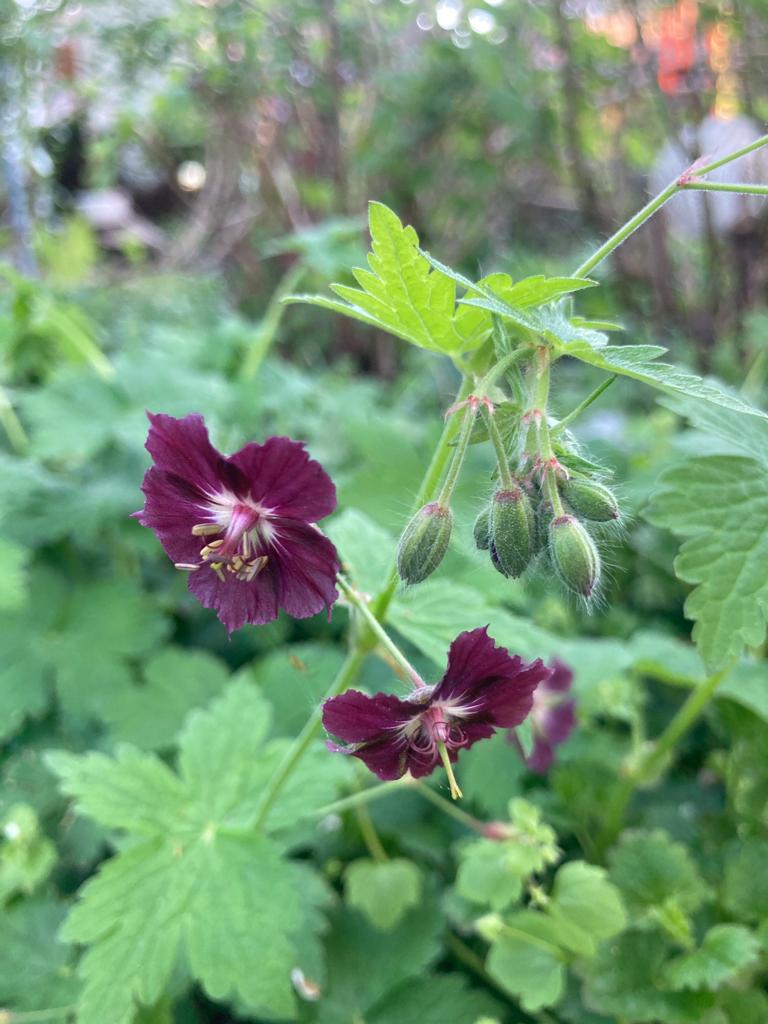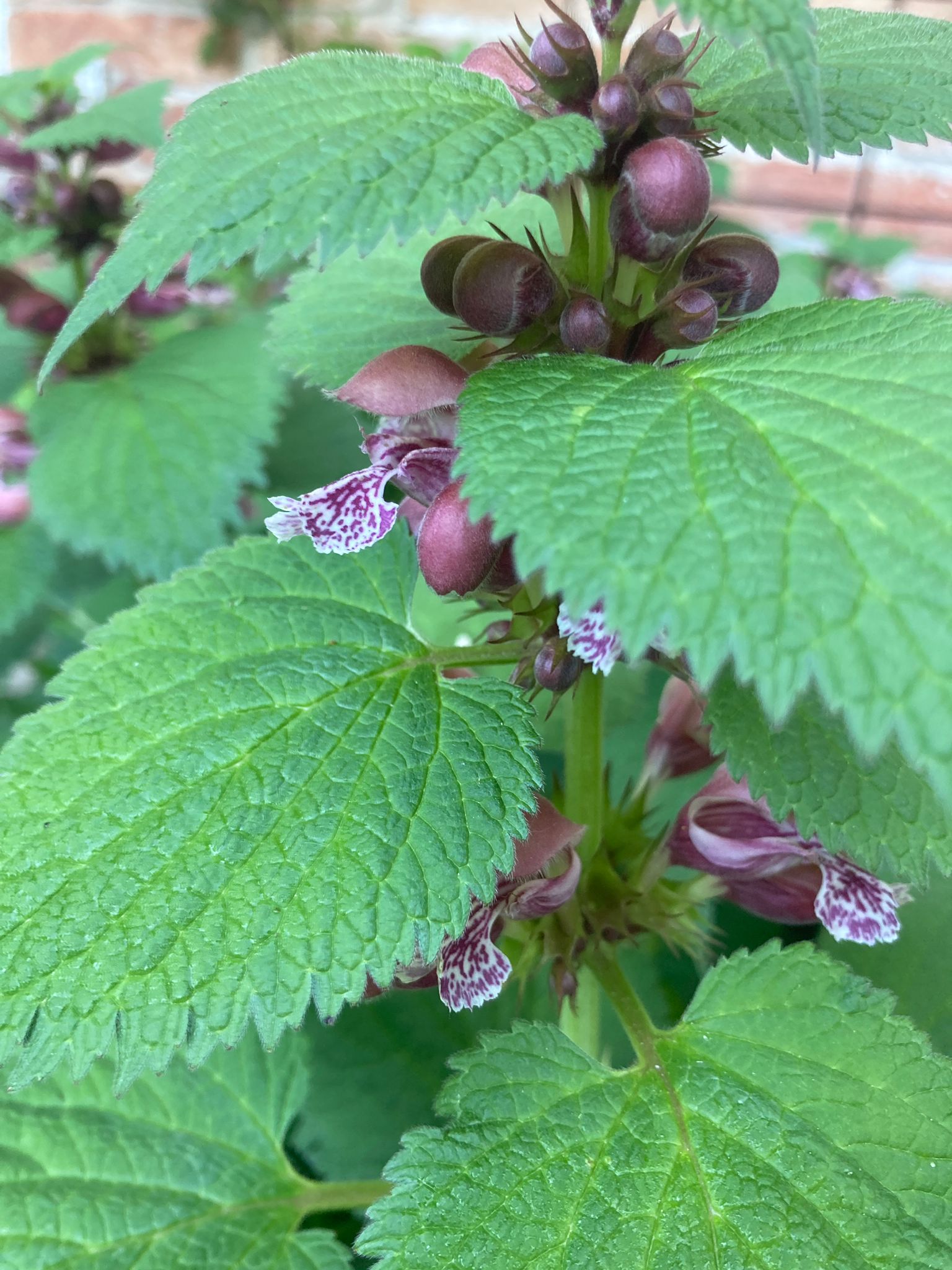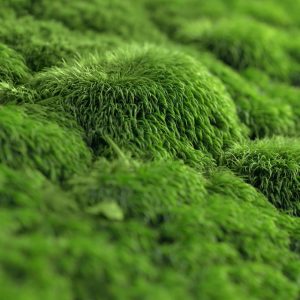May in our #Beetschwestern garden
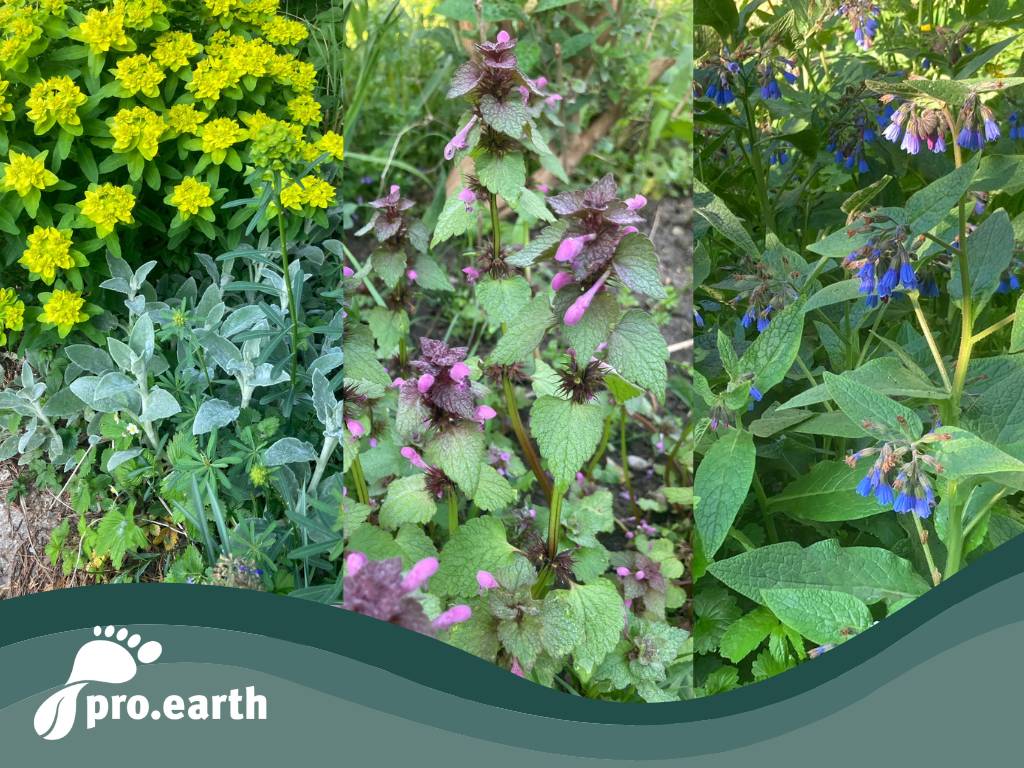
In the last few days, the vegetation has made a massive push. It is now turning a really wonderful shade of green, and the plants, which were a little more cautious this year due to the cool temperatures, have shot up in no time at all. The shrub peonies are in bloom, as are all the spurges and all types of deadnettle. Today we don't want to talk about a specific topic, but simply point out some topics that are just popping up.
The Ice Saints (Thu 11.5 - Mon 15.5.)
The Ice Saints mark the time in our gardening year after which we also put frost-sensitive plants outside. We leave our tropical plants indoors until after the Ice Saints so that they don't run the risk of freezing.
Vegetable patch
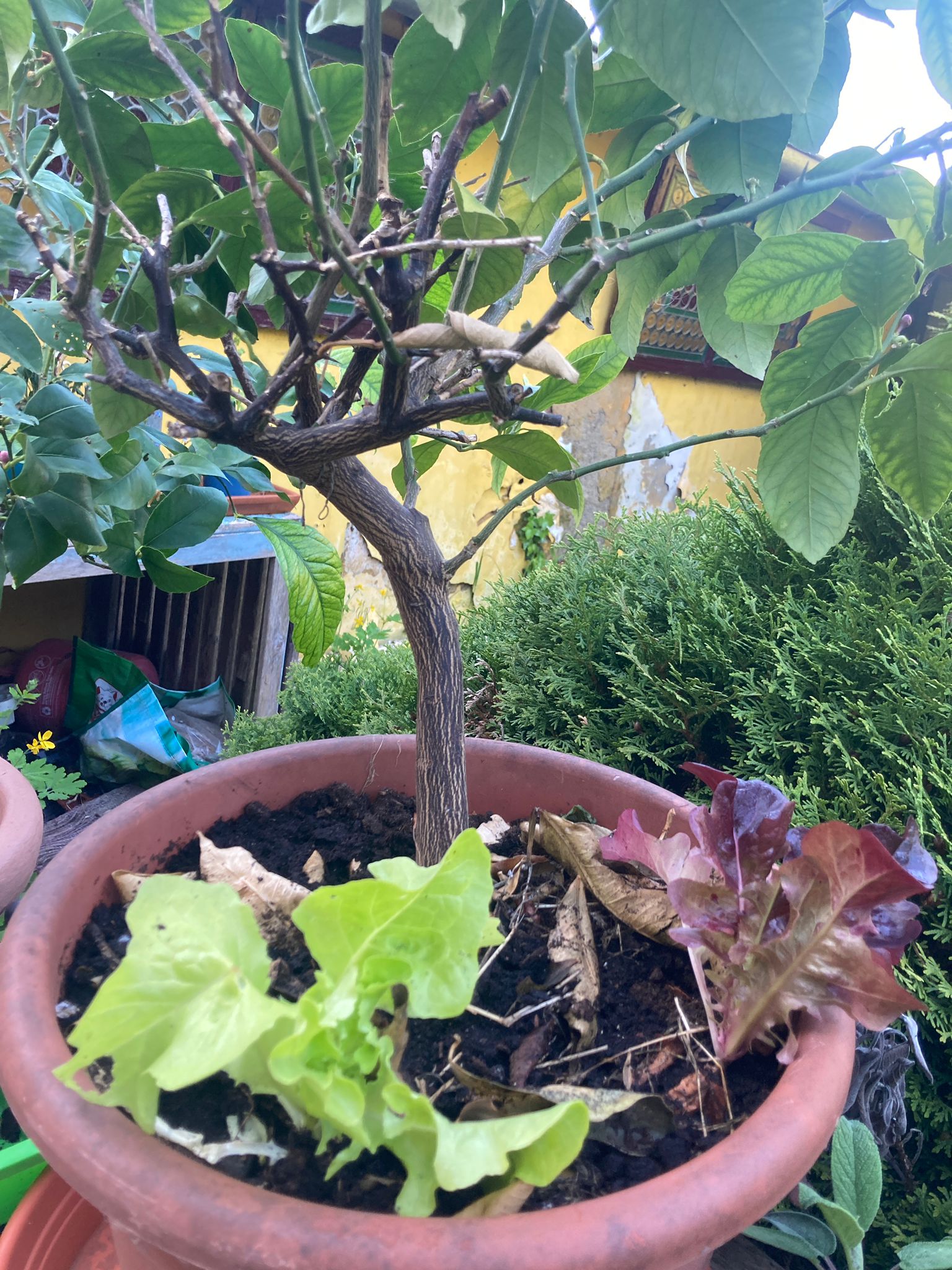 We have already planted some plants in our no-dig vegetable patch, but sensitive varieties such as tomatoes will only be planted after the ice saints. This year we planted the lettuces in the lemon pots to protect them from our "mini cows".
We have already planted some plants in our no-dig vegetable patch, but sensitive varieties such as tomatoes will only be planted after the ice saints. This year we planted the lettuces in the lemon pots to protect them from our "mini cows".
Our climbing roses
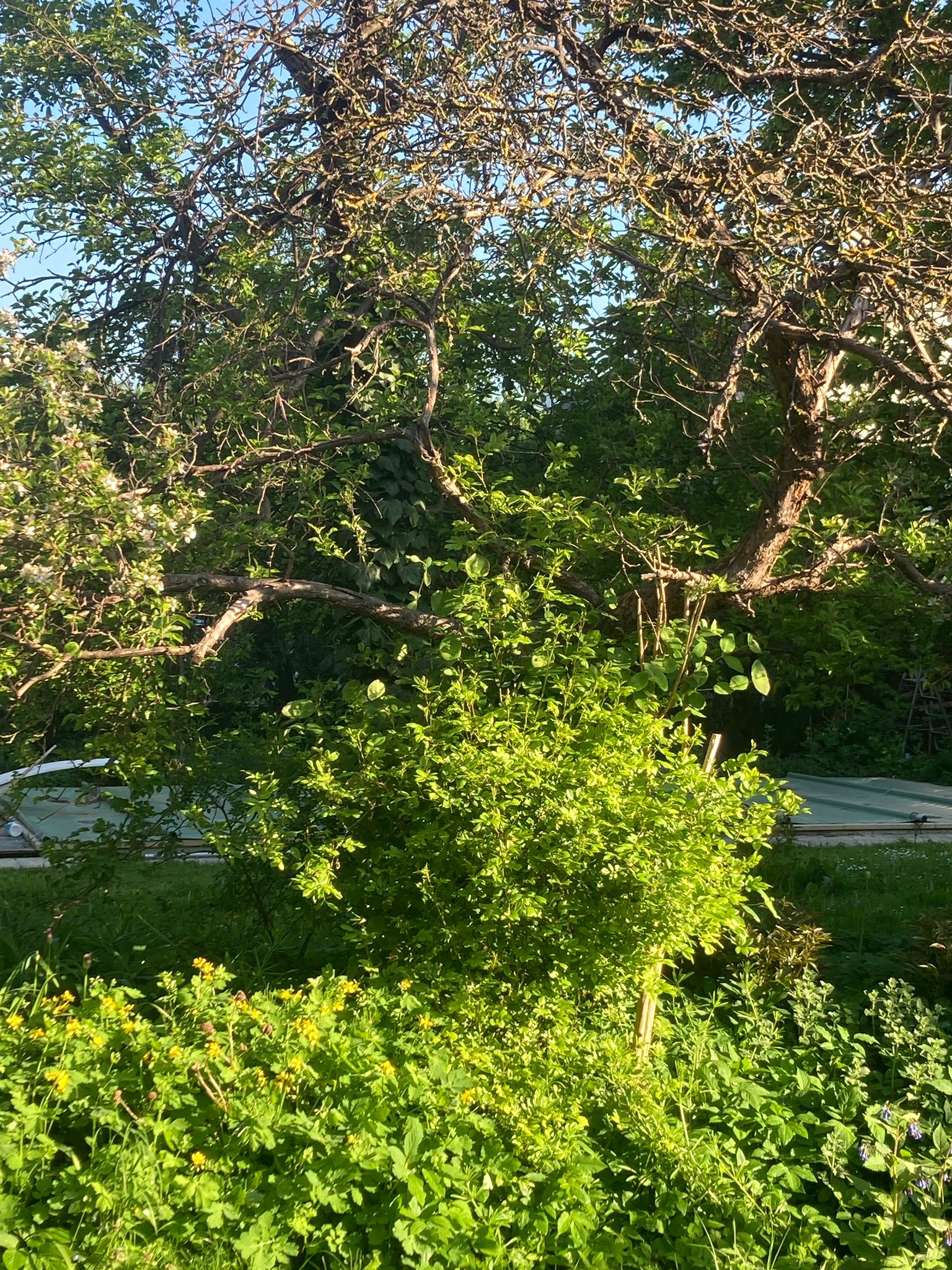 We are very pleased with the climbing and rambler roses that we have planted in several places in the garden. On the one hand to give a dying apple tree a second life, or to make a spruce tree more attractive and to make the kiwi arbor even more interesting.
We are very pleased with the climbing and rambler roses that we have planted in several places in the garden. On the one hand to give a dying apple tree a second life, or to make a spruce tree more attractive and to make the kiwi arbor even more interesting.
The advantage of these roses is that you hardly have to prune them. Rather, you can tie them up and guide them in the direction you want. The spruce has long rose branches hanging down, which we tie to the trunk once a year to help the rose climb even higher up the trunk.
The miracle plant comfrey
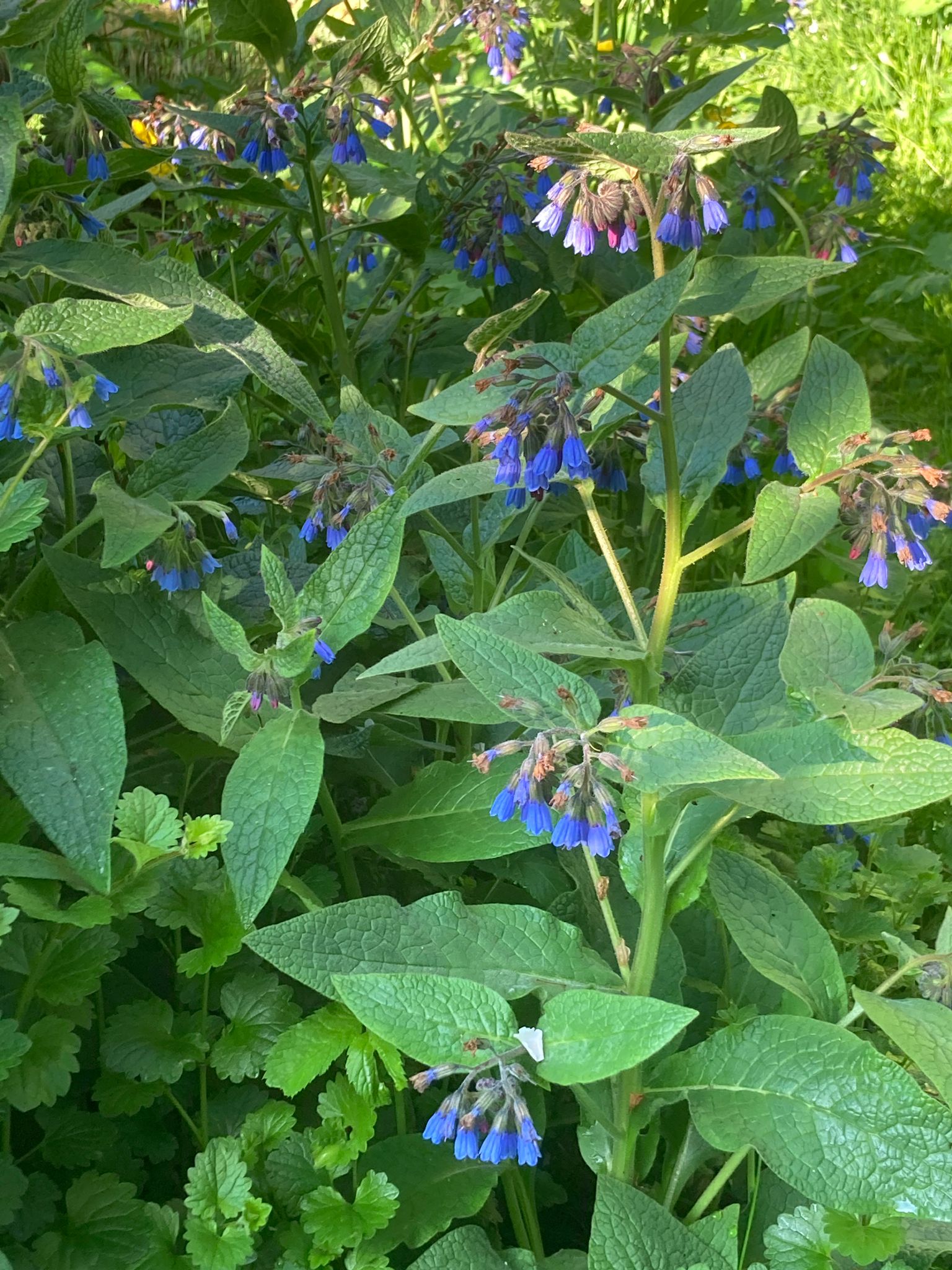 We can only recommend comfrey to everyone. Not only do insects love it, it is also a very attractive and completely uncomplicated plant, whether in purple or, as in the picture here, in this gorgeous bright blue, as long as the location is suitable. It should not be too dry. It reproduces itself if it wants to and can become a wonderful fertilizer.
We can only recommend comfrey to everyone. Not only do insects love it, it is also a very attractive and completely uncomplicated plant, whether in purple or, as in the picture here, in this gorgeous bright blue, as long as the location is suitable. It should not be too dry. It reproduces itself if it wants to and can become a wonderful fertilizer.
To do this, you have to leave the plants in water for a few weeks. However, you should take the rather unpleasant odor into account and it is best to use a sealable container for comfrey production. In a place where neighbors will not be disturbed by the smell. The same also applies to the production of nettle liquid manure.
Problem areas
Goutweed
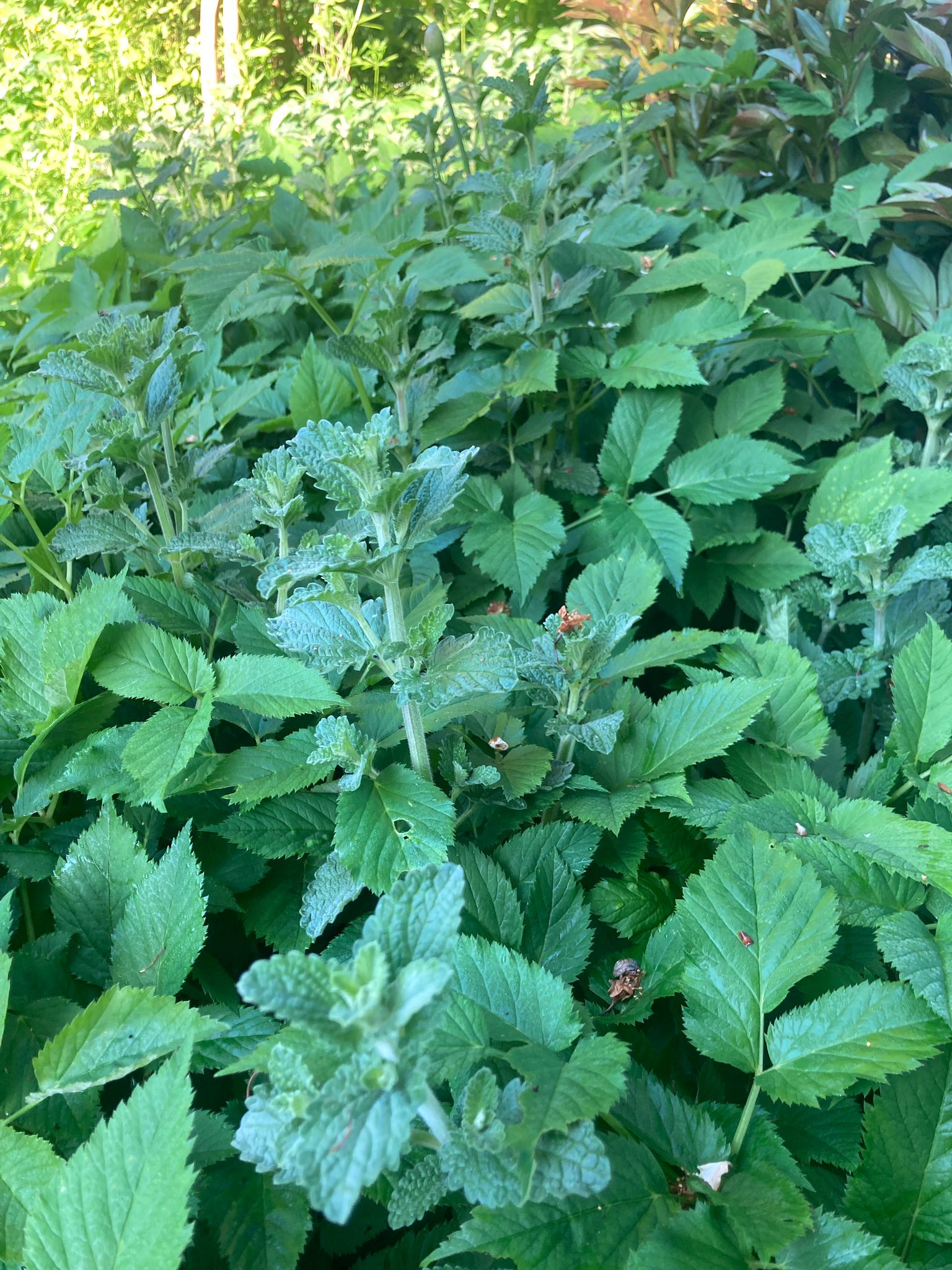
On the one hand, goutweed is spreading very aggressively in the herb mound we planted three years ago and has already overgrown rosemary, lovage and tarragon. We are currently considering whether we should cover the soil thickly with cardboard to put it in its place. Weeding is not our thing and only ever helps in the short term.
Permaculture is about working with nature, not against it, and using natural resources. You can certainly produce a lot from goutweed, a friend makes herb butter with it, pesto is probably also possible, but we just don't want it in our herb bed. In another place, we have planted catnip among the goutweed and this is the only plant that, in our experience, can keep up with the rapid growth of goutweed and has survived.
Disease on currants
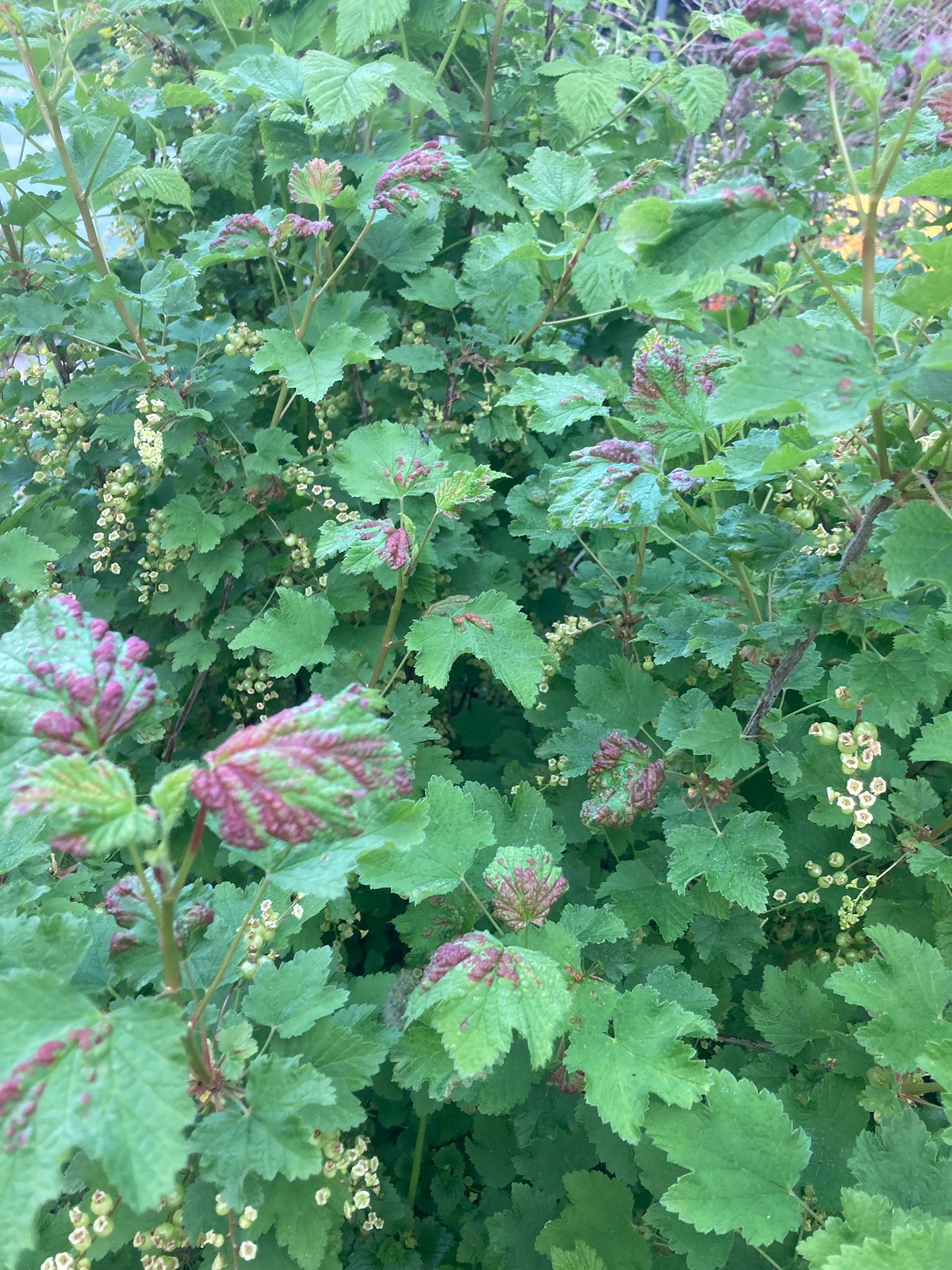 Many of our currants have these reddish-brown bulges on the leaves, as you can see in the photo. According to our internet research, these are caused by white aphids that suck on the surface of the leaves. In principle, we try to create a balance in our garden due to the diversity of plants and animal habitats, but this takes time. According to research, heavily infested leaves should be removed completely and promptly and disposed of. You can also order beneficial insects online to strengthen the balance.
Many of our currants have these reddish-brown bulges on the leaves, as you can see in the photo. According to our internet research, these are caused by white aphids that suck on the surface of the leaves. In principle, we try to create a balance in our garden due to the diversity of plants and animal habitats, but this takes time. According to research, heavily infested leaves should be removed completely and promptly and disposed of. You can also order beneficial insects online to strengthen the balance.
Our current favorite plants in the garden are these: On the left a dark cranesbill and on the right a giant dew nettle - both happy in partial shade
